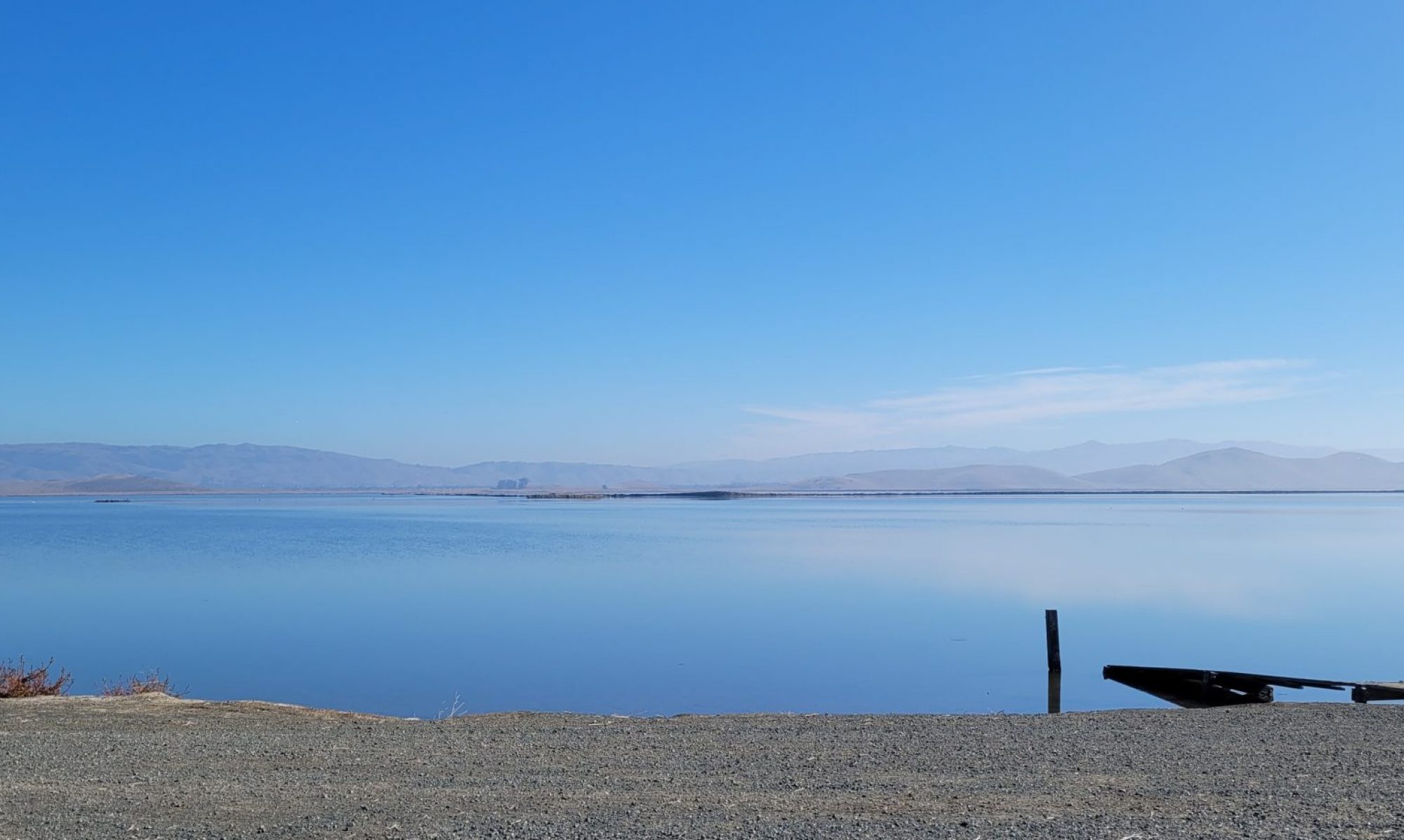
Rubber isn’t an Ancient Invention, is it? Wasn’t rubber invented by Charles Goodrich (or was it Goodyear?) Or the Michelin Man? Historians seem to think so. A 2021 textbook on material culture history starts: “Rubber began its global bouncing career in the late 15th century.” Another says : “Columbus discovered rubber!” (Columbus discovered a prison cell is what Columbus discovered. ) Or: “Goodyear invented vulcanized rubber!” (Goodyear.com seems to think so.)
Some encyclopedias rightly credit the Mesoamerican cultures with discovering the properties of rubber, though usually they get two sentences, while Anglo-Europeans like Joseph Priestley, Charles Condamine, and Goodyear get several paragraphs. Let’s be clear. The Olmecs , Mayans, and Aztecs, starting as far back as 1600 BCE, cultivated and used rubber. They understand how to use it, what to use it for, and how to improve it. They were proficient with polymer chemistry–vulcanization–to extend its functionality They also invented sports in ways that would seem eerily familiar to us.
Given that we use rubber every darned day, I thought the Mesoamericans deserved a little more credit than always being the fifth oh, and... culture that I include. I thought they deserved their own post.
This post, therefore, deserves its own three questions:
- What are the origins of Rubber?
- How did the ancient civilizations with access to Rubber use it?
- How are these early practices echoed in modern-day Rubber use?


